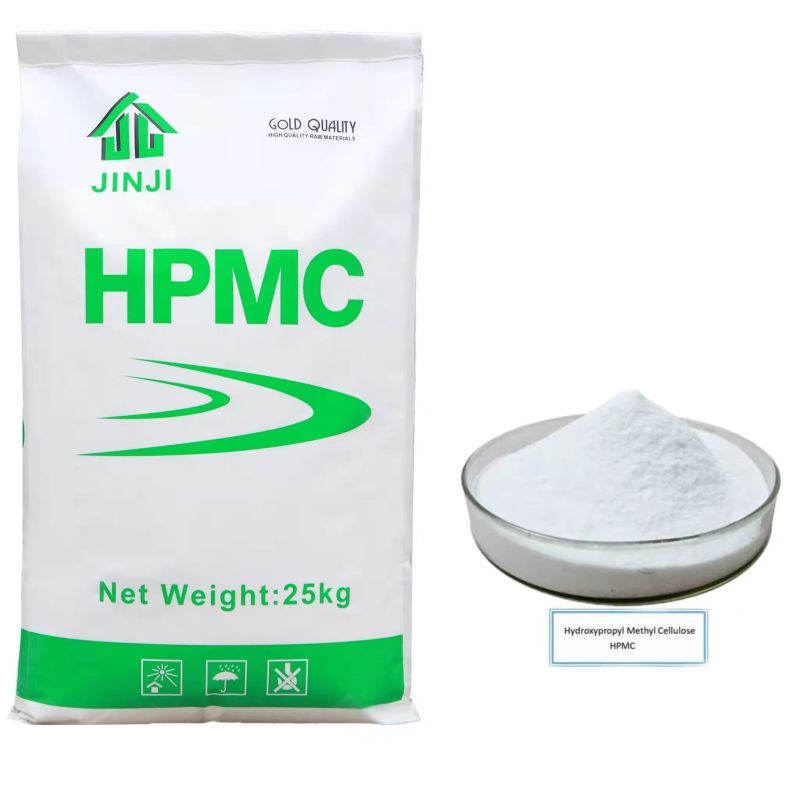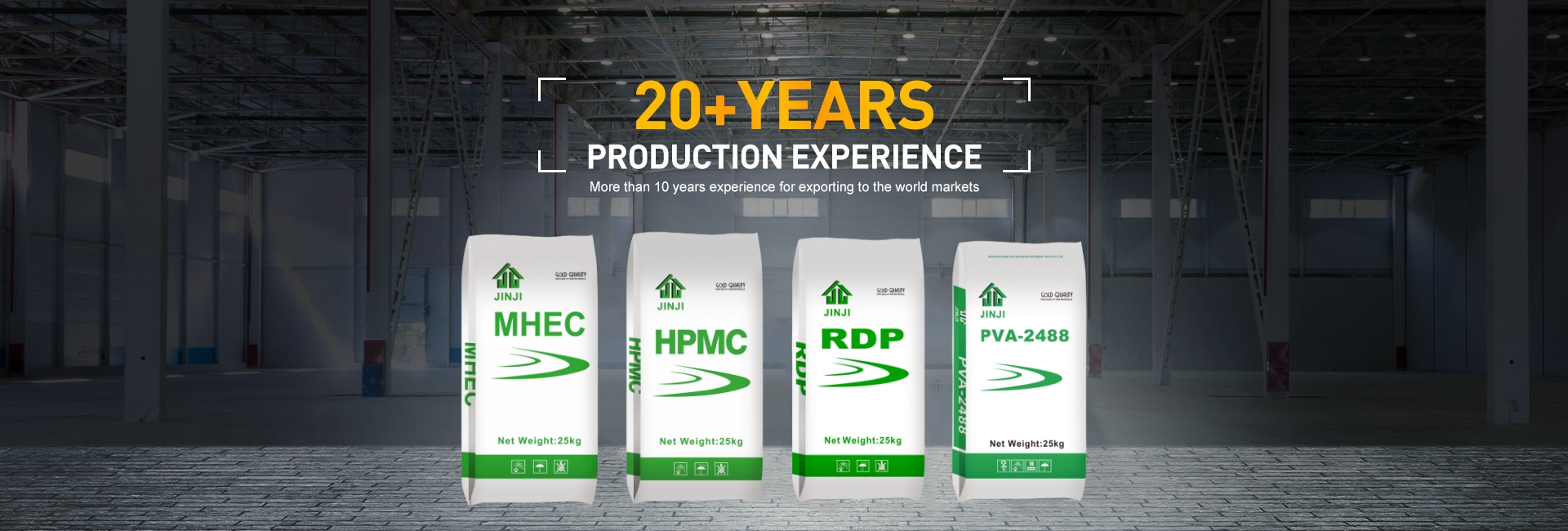Cellulose ether is a popular derivative of natural cellulose, which serves as a remarkable raw material for various industries. This versatile compound finds extensive use in a wide range of applications, owing to its excellent properties and characteristics. Among the different types of cellulose ethers available, two prominent ones are hydroxypropyl methylcellulose (HPMC) and hydroxyethyl methylcellulose (HEMC). In this article, we will delve deeper into the comprehensive analysis of the performance and application of cellulose ether, with a specific focus on HPMC and HEMC.
One of the key advantages of cellulose ether derived from natural cellulose is its exceptional film-forming and adhesive properties. Due to its high molecular weight and the presence of substituents such as hydroxypropyl or hydroxyethyl groups, it exhibits enhanced adhesion capabilities. This makes it an ideal choice for applications in the construction industry, including tile adhesives, cement-based plasters, and self-leveling compounds. The film-forming property of cellulose ether is also harnessed in the production of paints, as it provides good thickness and consistency to the coating.
Furthermore, cellulose ether possesses excellent water retention characteristics, making it highly useful in the field of personal care products. HPMC and HEMC are commonly used as ingredients in cosmetics, skincare products, and hair care formulations. Their water retention properties ensure that the products remain stable and moisturizing, thereby enhancing their effectiveness.
Apart from water retention, the thermal gelation property of cellulose ether is another key attribute that finds numerous applications. When heated, HPMC and HEMC undergo a sol-gel phase transition, transforming from a liquid state to a gel. This characteristic is exploited in the pharmaceutical industry, where they are used as thickening agents and binders in tablet formulations. The gelling behavior of cellulose ethers ensures the controlled release of active ingredients and improves the overall stability of the tablets.
Another noteworthy feature of cellulose ether is its high compatibility with other compounds. It can easily be blended with a variety of materials, including polymers, starch, and proteins. This property opens up a wide range of possibilities for tailored applications in various industries.
In the food industry, cellulose ether is utilized as a stabilizer, emulsifier, and thickening agent. With its ability to enhance creaminess and improve texture, it finds applications in dairy products, desserts, and sauces. Moreover, due to its non-toxic nature and excellent film-forming properties, cellulose ether is extensively used in food packaging materials, providing a safe and sustainable alternative to conventional plastic films.
In conclusion, the comprehensive analysis of the performance and application of cellulose ether, particularly hydroxypropyl methylcellulose (HPMC) and hydroxyethyl methylcellulose (HEMC), showcases its remarkable versatility. Derived from natural cellulose, cellulose ether offers numerous advantages such as excellent film-forming, adhesive, water retention, thermal gelation, and compatibility properties. This makes it an indispensable ingredient in various industries, ranging from construction and personal care to pharmaceuticals and food. As the demand for sustainable and eco-friendly materials increases, cellulose ether continues to play a crucial role in addressing the needs of modern society.


Post time: Dec-01-2023

